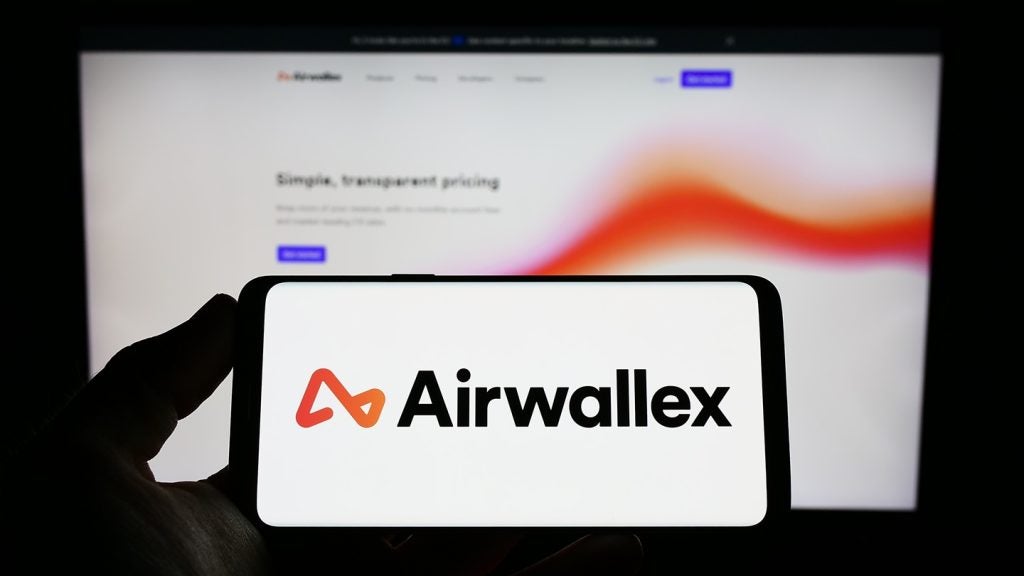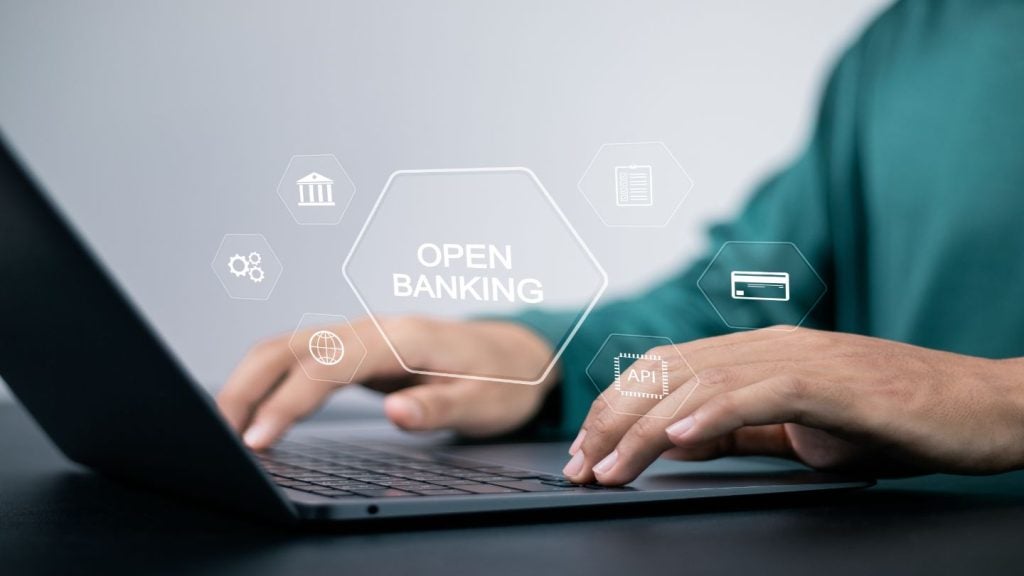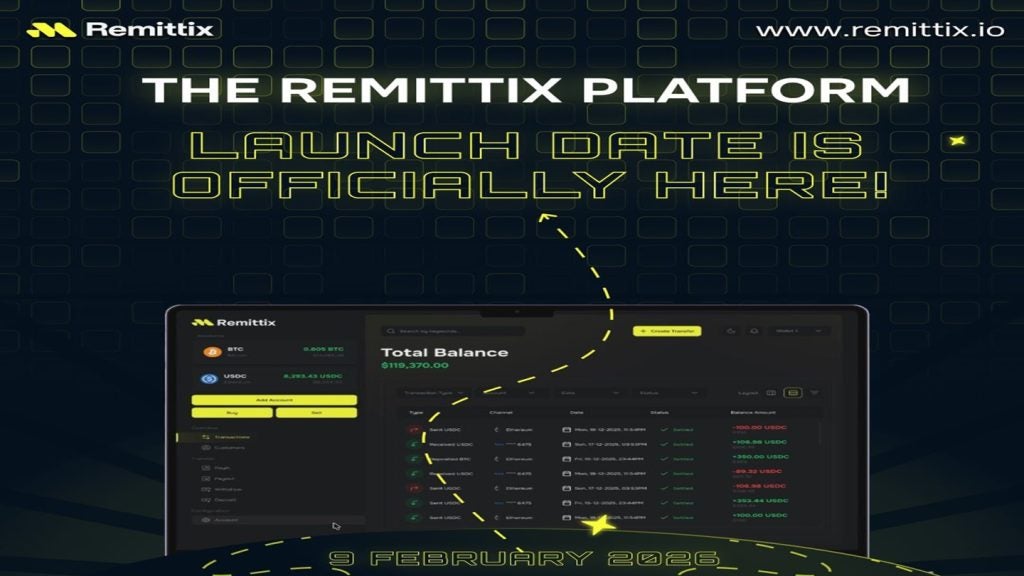
Payment Orchestration Streamlines B2B Payments
B2B payments are currently undergoing an exciting period of digital transformation. It’s something we’ve seen already in consumer payments, music and entertainment, and even home working. Digitalisation is enabling better delivery of services that a decade or two ago were largely limited to cumbersome physical experiences.
I know this first-hand from my two decades in payments, but also from my experiences as a music producer nearly thirty years ago. Back then, mixing desks were expensive and reserved for the big international labels. So, we pioneered a way to use the growing power of home computing to deliver affordable sequencing software to professional studios. This tool enabled programmable and repeatable notes, rhythms or effects to be laid down, based on pre-set rules. It’s the same dynamic, algorithmic methodology used by the likes of Ed Sheeran and Taylor Swift today, and the same principles can be applied to B2B payments.
Such innovations are taking place today in B2B payments, thanks to ‘payment orchestration’, which allows businesses to route payment flows from all its payments service providers (PSPs) and payment methods (such as card and digital payments), into a single place.
This simple software setup also uses pre-set rules, only this time it enables programmable and repeatable payment transfers, fraud alerts and unified reporting. In short, it reduces the complexities that business payments have caused for decades, helping make B2B payments simple and easier to manage.
Taking control with payment sequencing
Consider the evolution of in-store retail transactions: the friction of reaching for your wallet, deciding which card to use (or even counting out a suitable amount of cash), paying and potentially receiving change. This is becoming a thing of the past for many of us thanks to innovations in contactless payment technology. So, if payments for consumers are largely painless, why are they still such a headache for businesses?
Part of the problem is that the majority of businesses still rely on manual elements to manage payment processes, often requiring significant time to manage each individual customer account. Payments come from buyers via multiple different PSPs and a variety of payment methods. Each payment provides vital cashflow for businesses, but the process of making and receiving payments individually causes unnecessary friction.

US Tariffs are shifting - will you react or anticipate?
Don’t let policy changes catch you off guard. Stay proactive with real-time data and expert analysis.
By GlobalDataThis way of doing business is like an orchestra without a conductor. Individually, each musician may be contributing the notes they need. But collectively, it’s a mess. Yet that is how thousands of businesses are operating in the UK every day. Thankfully, advances in payment technology are bringing harmony to business payments and putting businesses in greater control of their cashflow.
Playing from the same song sheet
It’s important for businesses that payments are made on time. Not just to ensure adherence to the Prompt Payment Code, but to establish and maintain strong buyer/supplier relationships. A supplier needs to know when they are getting paid, and the buyer needs to promptly initiate an instruction for the payment sequences required to complete the transaction.
This can be complex when managed manually. It’s no surprise then that payment orchestration is expected to grow significantly by the end of the decade, thanks to its ability to tackle payment complexity by connecting businesses to several PSPs through a single efficient integration.
It can give businesses full control over their cashflow, and if buyers and suppliers in a supply chain do the same, it can work like clockwork so all parties can make accurate financial forecasts to inform decisions and grow their businesses.
Counting the cost of human error
Today, if an accounts team member is off sick, a business may be left temporarily unable to process payments, leading to a backlog of unsettled transactions, and as a result, delayed supplier payments. Correcting errors wastes time and resources and the resultant delays harm vital buyer/supplier relationships.
Payment orchestration options can work with card processing, acquiring and open banking, helping avoid a blanket approach to all payments, while letting technology do the heavy lifting. It can automatically select the best way to assess risk profiles and complete the payment process, steering clear of potential manual errors, and reducing the risk of false declines, which cost US businesses hundreds of billions in lost online sales each year.
Using a digital wallet-based system automatically evaluates the price, credit, and exchange rate to determine the best way to pay. With this level of automation, it’s no surprise that payments acceptance rates improve for businesses using payments orchestration. Outgoing payments, including bills, can be automated and paid on time, every time, while providing greater oversight of cashflow.
Flexibility to work with the best suppliers and providers
In the current economic climate, being able to quickly pivot to different payment methods can be a key differentiator when seeking to attract and retain new business. This is particularly important for businesses expanding into new geographies, enabling scalable growth. It also brings huge improvements in onboarding processes, speeding up time-to-market for growing businesses and enabling them to accept more types of payment, faster.
Payment orchestration typically operates from a single cloud-based platform through which a business manages all its payments, deals with fewer providers, and significantly reduces the number of failed transactions. This matters, because it means businesses can offer the widest possible payment choice to their customers, allowing them to pay via their preferred method(s) and removing barriers to doing business together.
Integrated into new or existing setups via an API, it can also incorporate additional fraud and risk management solutions and function alongside other parts of the business by connecting with a back-office system such as SAP or Oracle NetSuite.
Modern payments for modern business
When payments are well orchestrated, the music plays to the tune of all parties to help build better relationships. If a buyer’s platform automates payments to reliably pay suppliers on time, then the supplier can orchestrate their own outgoings to maintain a consistent cashflow. This, along with detailed reporting and analytics offered by orchestration platforms, allows all parties to forecast incomings and outgoings to make informed business decisions that facilitate growth.
The result is well-choreographed B2B payments that are predictable and reliable, whenever they are made. In a world where business payment innovation has been static since the days of the Spice Girls and Oasis, it seems we’re finally ready to take a step out of the past and into the future. Now isn’t that just music to your ears?
Patrick Bermingham is CEO at Adflex. He has over 20 years’ experience in the payments industry, overseeing the growth and development of Adflex as a premier B2B payments service provider. Prior to Adflex, Patrick was specialised in ERP system design and development primary targeting mail order and national distribution sectors








